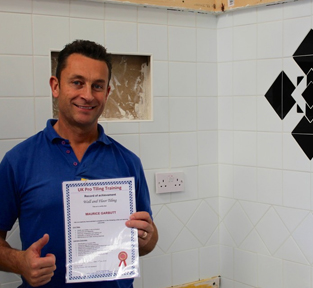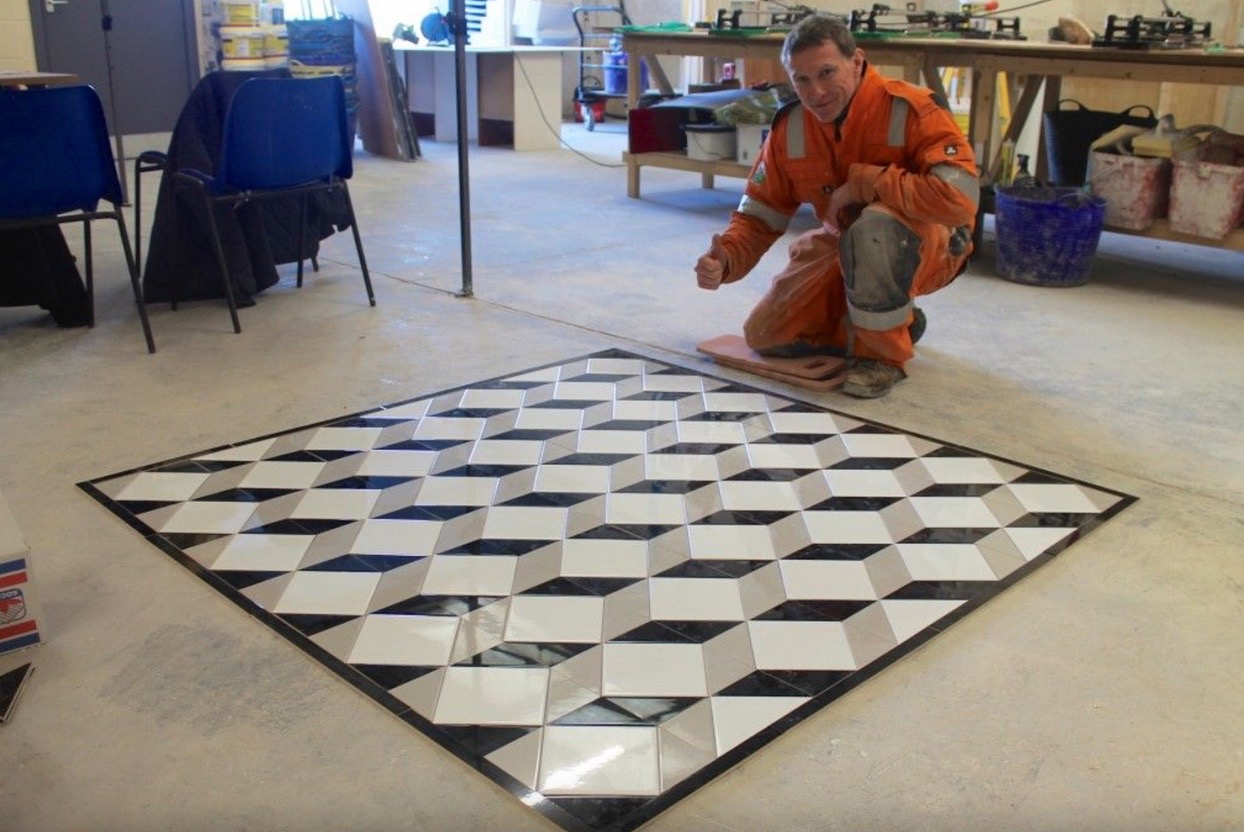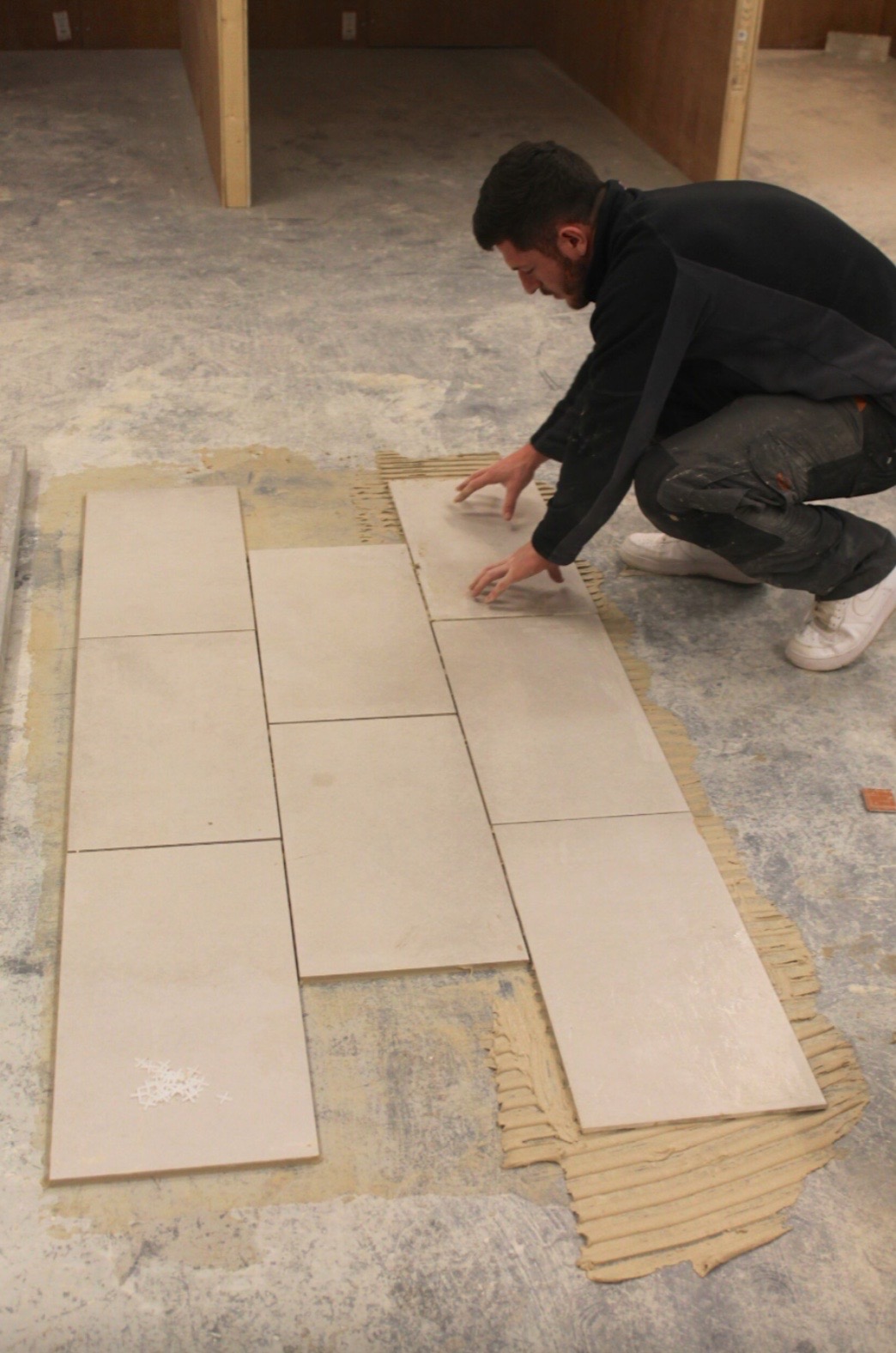Wet Rooms: Pitfalls To Avoid And Tips For A Perfect Job
Preparation
As with most tiling jobs, what you do before you even start is just as important as the tiling itself. In fact, with a wet room, the preparation is the most important part. Planning is essential, check that the tiles chosen will work with the style and placement of the drain being used. Also consider the user of the wetroom, for example, is it important for the tiles to be non-slip.
The tiling will be done over a tanking membrane. A tanking system comprises of a primer, self adhesive latex tapes and water guard membranes that will line the walls stopping any water, This should result in a completely waterproof bathroom and is quite a specialist skill. Only tackle this part of the work if you are experienced in preparing wet rooms.
Plan The Whole Floor
Try to arrange the tiling pattern in such a way that you are minimising the number of cuts needed to complete the job. Setting out the floor is the most crucial part, The tiles that fall on the wetroom tray have to be cut according to the slopes of the aqua tray that has been installed below, this is known as envelope cutting, it is important to cut the tiles on a wet saw at the correct angles so the gap where the wet saw has cut can be grouted to form the seal between the tiles
Best Tile Types For Wetrooms
Ceramic tiles are not ideal if being used over a sleek, frameless drainage grill. Because of the nature of their manufacture, these tiles may show the ceramic colour underneath the glass polished finish. They are fine for creating a waterproof finish though and will suit many wet room applications.
Porcelain Tiles are harder than ceramic and therefore more difficult to cut. This does mean they are extremely resilient and maybe a better choice for a wetroom which is going to have a lot of use. With a consistent colour, they are much more likely to look sleek when used with a central or linear drainage system.
Natural Stone Tiles are just that, natural. Because of this, they might not be completely uniform and may cause slight issues where there is a very shallow fall for drainage. It is also important to make sure they are fully waterproof.
Mosaic tiles are a popular choice as they add a non slip property to the floor, they can also look aesthetically better as there are no diagonal cuts leaving al tile joints square with the outside tiles of the wetroom tray
Adhesive and grout
A good quality primer over the whole surface will avoid any danger of dust or dirt breaking your adhesive layer and help to bond the latex tapes and paints. Adhesive should be applied with a 12mm notched trowel over the whole floor. A dot and dab system will inevitably lead to problems later on, wet rooms must be 100% waterproof, and the adhesive is just one component of that. Use rapid set, flexible adhesive, ensuring it sets on the waterproof membrane.
Allow for the very best grout when costing a wet room. Top of the range wet room grout is Epoxy grout which is chemical resistant, flexible, perfectly waterproof and strong enough to withstand even the most vigorous cleaning.
Looking to learn new tiling skills, we have courses to suit everyone from complete tiling novices to those who have been in the game a while but are looking to top us their skills.
Get in touch today to find out more.


